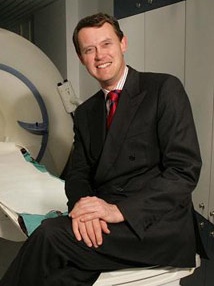BibTex format
@article{Mohiaddin:2023:10.1136/heartjnl-2022-321974,
author = {Mohiaddin, R and Hatipoglu, S},
doi = {10.1136/heartjnl-2022-321974},
journal = {Heart},
pages = {748--755},
title = {Diagnosis of cardiac sarcoidosis in patients presenting with cardiac arrest or life-threatening arrhythmias},
url = {http://dx.doi.org/10.1136/heartjnl-2022-321974},
volume = {109},
year = {2023}
}

